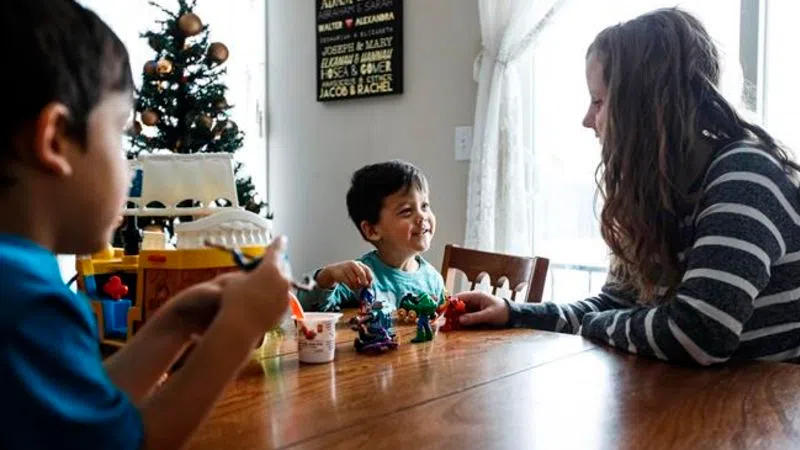
‘Itch like crazy:’ Edmonton boy battles ultra-rare disease
EDMONTON — Armando Perez was only three months old when he got itchy.
His mom, Alexandra Perez, says it wasn’t normal scratching that could be fixed with a cute pair of baby mittens. It was so bad that there were blood stains on his bedsheets and scabs on his little arms and legs.
At first, she thought Armando might have an allergy.
“I tried different laundry detergents and different body washes, but he was still itchy,” recalls Perez, as the now 2 1/2-year old and his big brother and little sister play with their grandpa in the downstairs of their Edmonton home.
